
Chinese pastry, as one of the treasures of Chinese traditional culture, attracts numerous diners with its distinctive taste and rich colors. We often observe that the raw materials in Chinese pastry include red beans, golden pumpkins, green vegetables, and other ingredients. They not only provide rich nutrition to the pastry but also offer it a unique visual pleasure. To retain their healthy and natural colors, we typically add natural pigments to keep the colors "fresh".
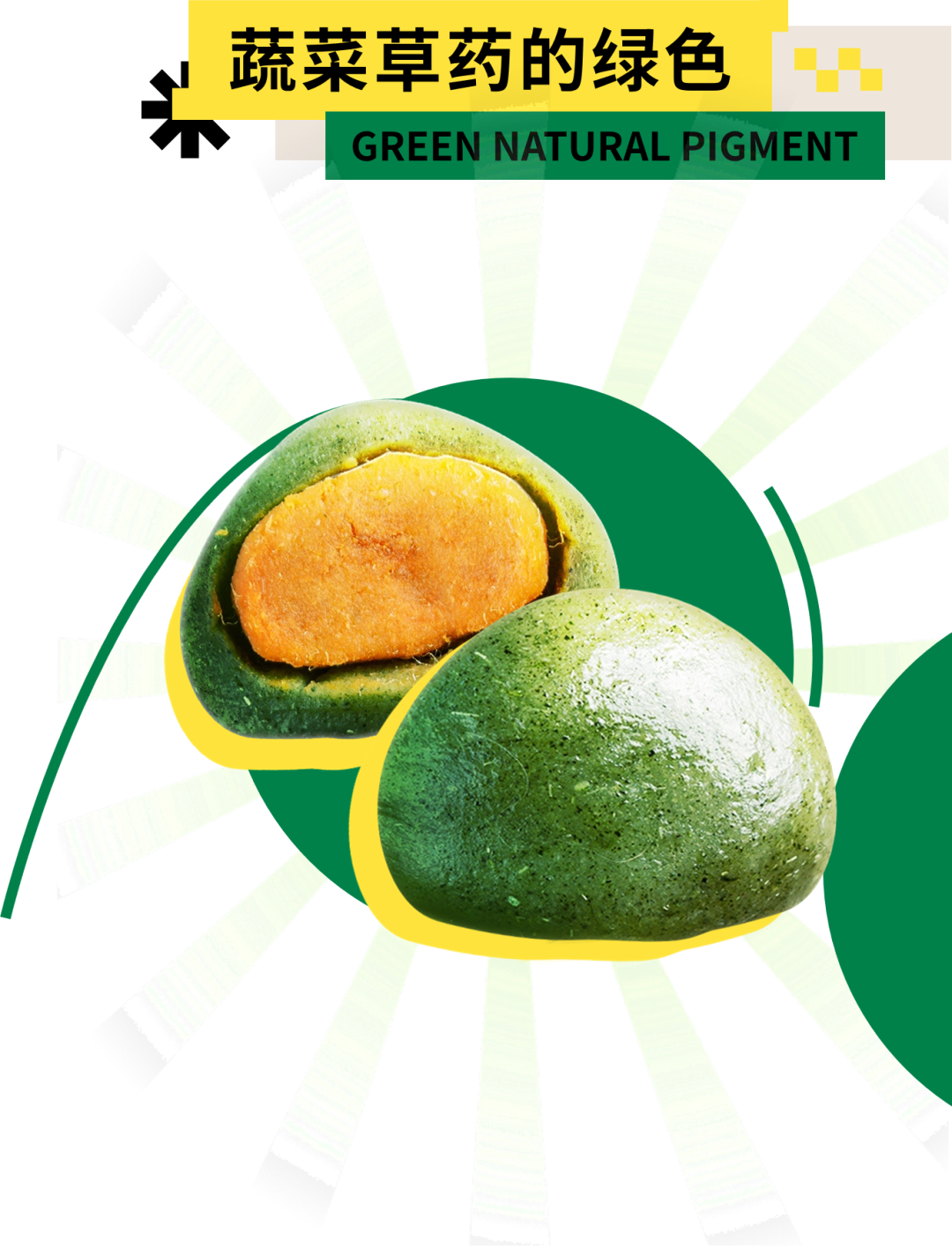
During the Qingming Festival and other festivals, green Chinese pastries become a must-have traditional food. Merchants generally use green mugwort, medicago ruthenica juice, and brome grass juice as raw materials. To present the final product in green, they also add natural pigments such as sodium copper chlorophyll to preserve the color of the raw materials.
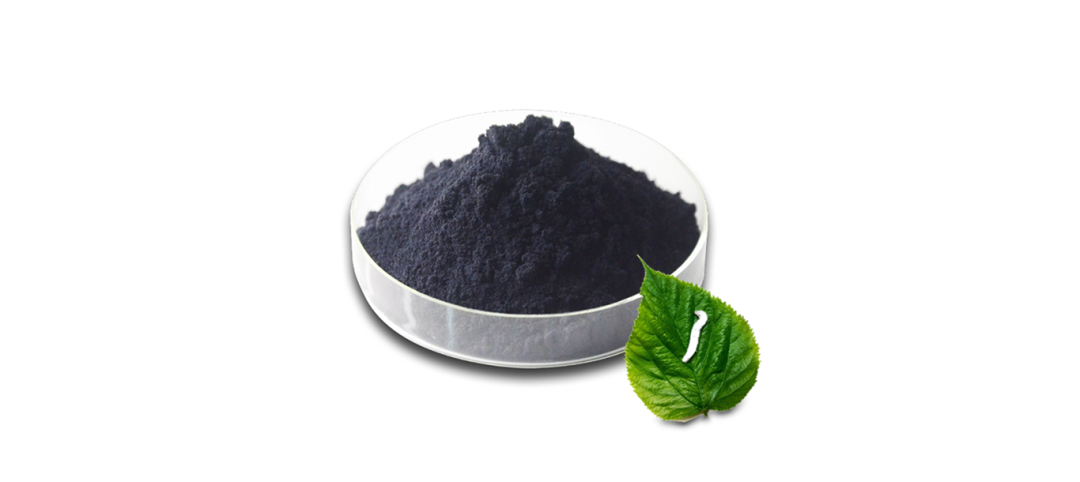
Sodium copper chlorophyll is a food additive made from mulberry leaves and silkworm excrement through saponification and copper substitution. It is readily soluble in water, and the aqueous solution is transparent blue-green, with good heat resistance. It has strong coloring power, a bright color, strong thermal stability, and is safe and non-toxic. The specific application of industry categories and usage refers to the relevant provisions in the "GB2760 National Food Safety Standard for Food Additives Use ".

There are many red products in Chinese pastry, such as bean paste cake, whose main red color comes from bean paste, and red jujube cake, where the red color mainly comes from red dates. To better maintain its bright red color, the following natural pigments are usually used.
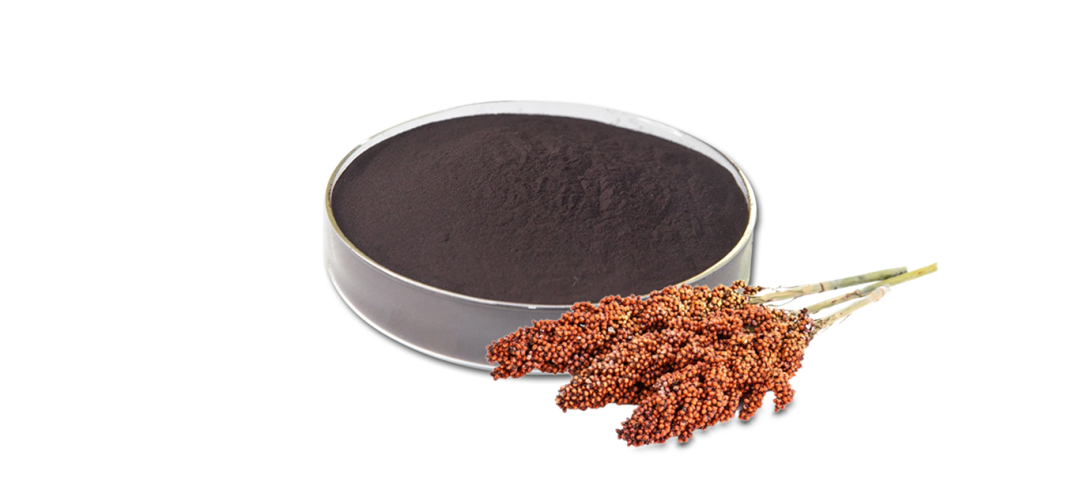
Sorghum red is a food additive made by extracting from black-purple or red-brown sorghum husks with water or a dilute ethanol solution, followed by concentration and drying. As a natural edible additive, sorghum red has many advantages - it is extracted from natural plants, does not contain harmful chemicals, and is relatively safe and reliable. It has good heat resistance and stability and is suitable for various food processing processes. The specific industry categories and usage of sorghum red please refer to the relevant provisions of the "GB2760 National Food Safety Standard for Food Additive Use". It can be added appropriately according to production needs in most product categories. For specific categories, please refer to Table A.2 of GB2760 for the Food category list of exceptions for food additives used appropriately according to production needs (see the supplement at the end of the article).
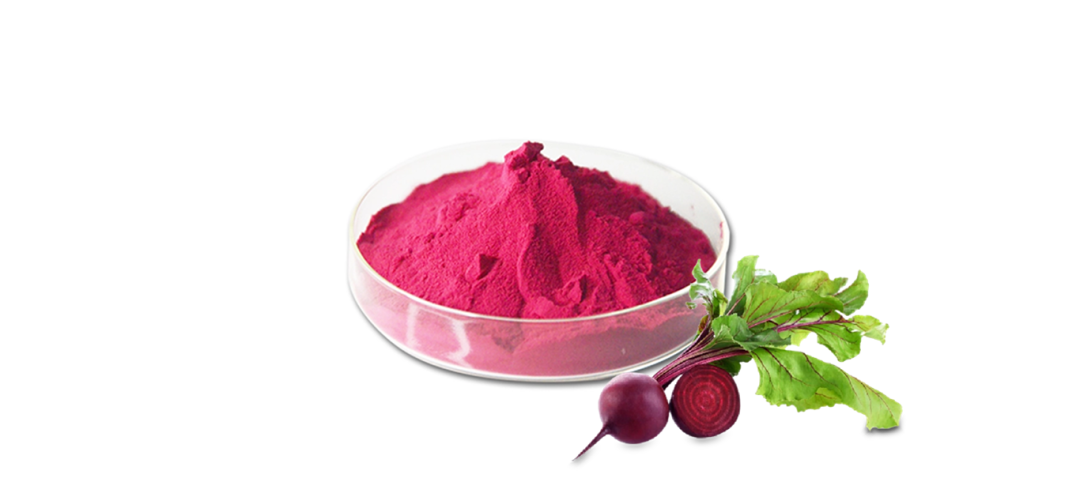
Beet red is a common natural food additive, also known as beetroot red. It is made by extracting from red beets with water and then drying and spraying. It is easily soluble in water, and the aqueous solution is red to red-purple, relatively stable at pH 3.0 - 7.0, and has good dyeing properties. It has natural sources and good stability. The specific industry categories and usage of beet red please refer to the relevant provisions of the "GB2760 National Food Safety Standard for Food Additive Use". It can be added appropriately according to production needs in most product categories, and specific categories can refer to Table A.2 Food category list of exceptions for food additives used appropriately according to production needs (see the bottom of the article for details).
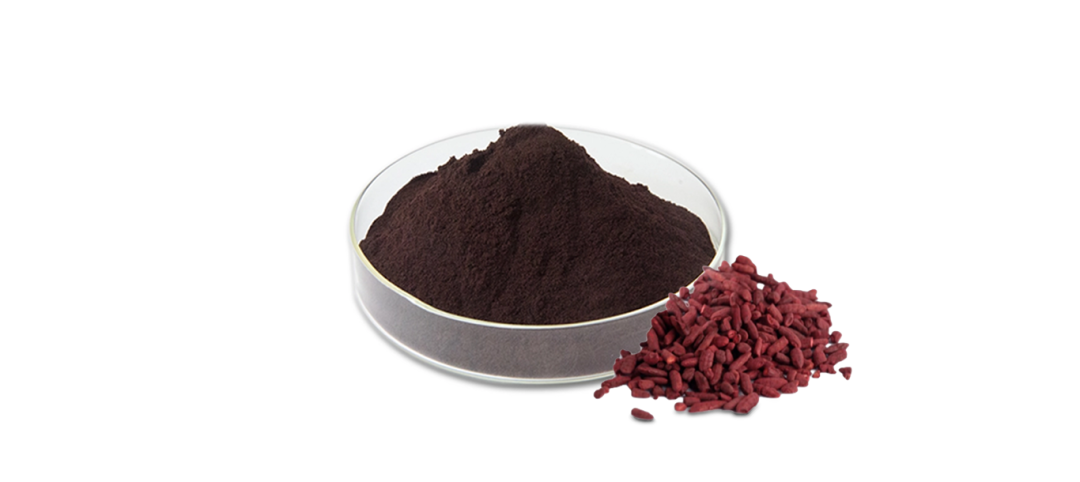
Monascus red is a food additive refined by culturing, extracting, concentrating, and purifying in a liquid medium with rice as the main raw material through liquid fermentation of Monascus. Or it is made by extracting, concentrating, and purifying with red koji rice as the raw material. The natural pigment red rice red is light red to black-purple powder, paste, or liquid, with strong coloring power and bright color. The specific application of industry categories and usage refers to the relevant provisions of the "GB2760 National Food Safety Standard for Food Additives Use ".
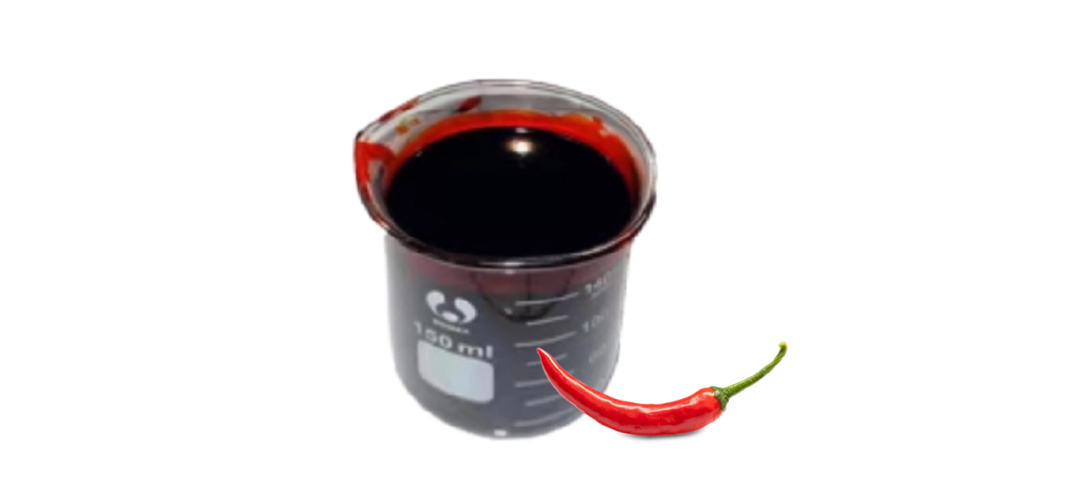
Paprika red is a food additive made by extracting, filtering, concentrating, and removing capsaicin from capsicum peel and its products. It is a deep red oily liquid. Capsicum red has a bright color, strong coloring power, resistance to light, hot acid, alkali, and is not affected by metal ions. Its specific application industry categories and usage refer to the relevant provisions of the "GB2760 National Food Safety Standard for Food Additive Use".

Orange-yellow Chinese pastries are relatively common. Both traditional pastries from the north and the south have classic orange or yellow foods, such as golden cake, egg yolk cake, and Dingsheng cake. Various pastries are constantly innovating, using natural pigments to create different colors of traditional pastries, and orange-yellow is one of their classic colors.

Natural carotene is one of the most widely recognized natural pigments. It is extracted from palm fruit. Palm fruit is one of the world's richest sources of carotene (provitamin A). The carotene composition of palm fruit is similar to that of carrots, about 33% cis and trans A-carotene, 65% beta-carotene, and 2% other carotenoids. Compared to synthetic pigments, natural carotene pigments are more natural and safe. Its specific application industry categories and usage refer to the relevant provisions of the "GB2760 National Food Safety Standard for Food Additives Use". It can be added appropriately according to production needs in most product categories. Specific categories can refer to Table A.2 Food category list of exceptions for food additives used appropriately according to production needs (see the end of the article).

Beta-carotene is one of the carotenoids, which is a common and relatively stable natural pigment in nature. It is a member of the family of natural chemicals, such as carotenes or carotenoids. It is abundant in plants, giving fruits and vegetables their rich yellow and orange colors. It is relatively stable to weak alkalinity and is not affected by reducing agents such as ascorbic acid. The color of B-carotene itself varies with the difference in concentration. The dilute solution is orange or yellow, and the concentrated solution is orange to orange-red. It can cover all colors from red to yellow, so it is of interest to the food industry. Its specific application industry categories and usage refer to the relevant provisions of the "GB2760 National Food Safety Standard for Food Additive Use ".

Gardenia yellow is a food additive extracted and refined from the fruits of the Rubiaceae plant Gardenia. Gardenia yellow, also known as crocetin, commonly known as yellow gardenia, belongs to the carotenoid series. It is the yellow pigment in Gardenia. The main components are crocein and crocein acid, which are non-toxic and safe. It is a natural carotenoid and the main coloring substance in Gardenia fruit. The natural pigment of Gardenia made from Gardenia fruit produces mostly bright and lively colored foods, just like Gardenia fruit, with charming beauty. The specific application industry categories and usage refer to the relevant provisions of the "GB2760 National Food Safety Standard for Food Additive Use ".
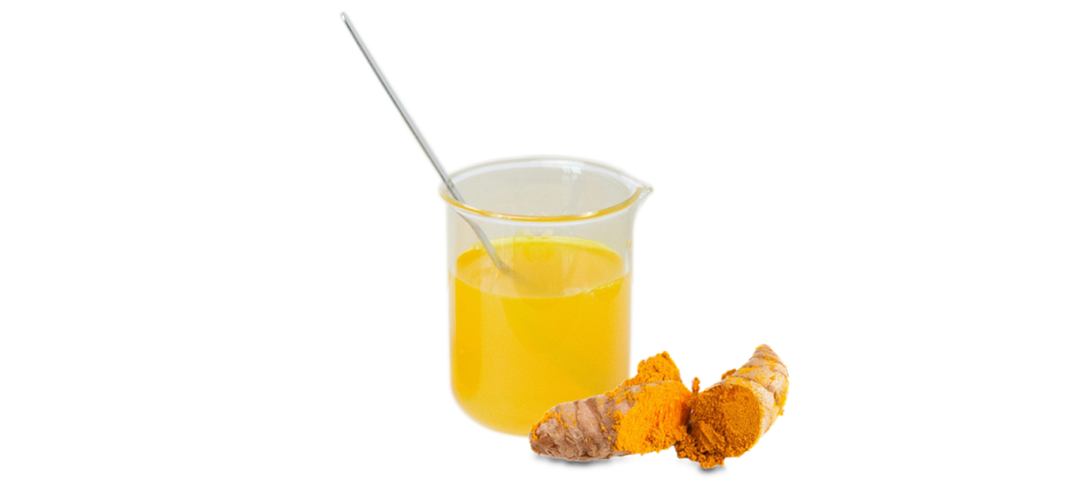
Turmeric is mainly yellow to dark red-brown powder, extract or liquid, with the unique smell of turmeric. It takes the rhizome of the ginger plant turmeric as the raw material, extracted and refined by organic solvents, with a bright yellow color. It is often used in the food industry to add color and aroma to products. Turmeric is considered to be one of the edible natural pigments with development value because of its strong coloring power, bright color, strong thermal stability, safety, and non-toxicity. The specific application industry categories and usage refer to the relevant provisions of the "GB2760 National Food Safety Standard for Food Additive Use".

Lutein uses marigold oleoresin as the raw material, undergoes saponification, extraction, and refinement, and is orange to orange-red powder. It is a natural ingredient and a highly safe food additive, widely used in the food industry. The specific application of industry categories and usage refers to the relevant provisions in the "GB2760 National Food Safety Standard for Food Additives Use ".

The colors of Chinese pastry are rich and diverse, and more colors such as black and purple can be customized and combined with natural pigments to meet the color requirements. These colors are not only the decoration of the pastry but also the respect and expression for the nature of the ingredients. Welcome to click the small program below to enter Jinghao Mall to learn more.
(附A.3表):





Hot search label:
Carbon black、 Gardenia yellow、 Curcuma longa、 Natural carotene、 Tripotassium glycyrrhizinate、 Carmine、 Compound colorant、 Complex customizationZhuhai Jinghao Biological-tech Co., Ltd 粤ICP备20042151号